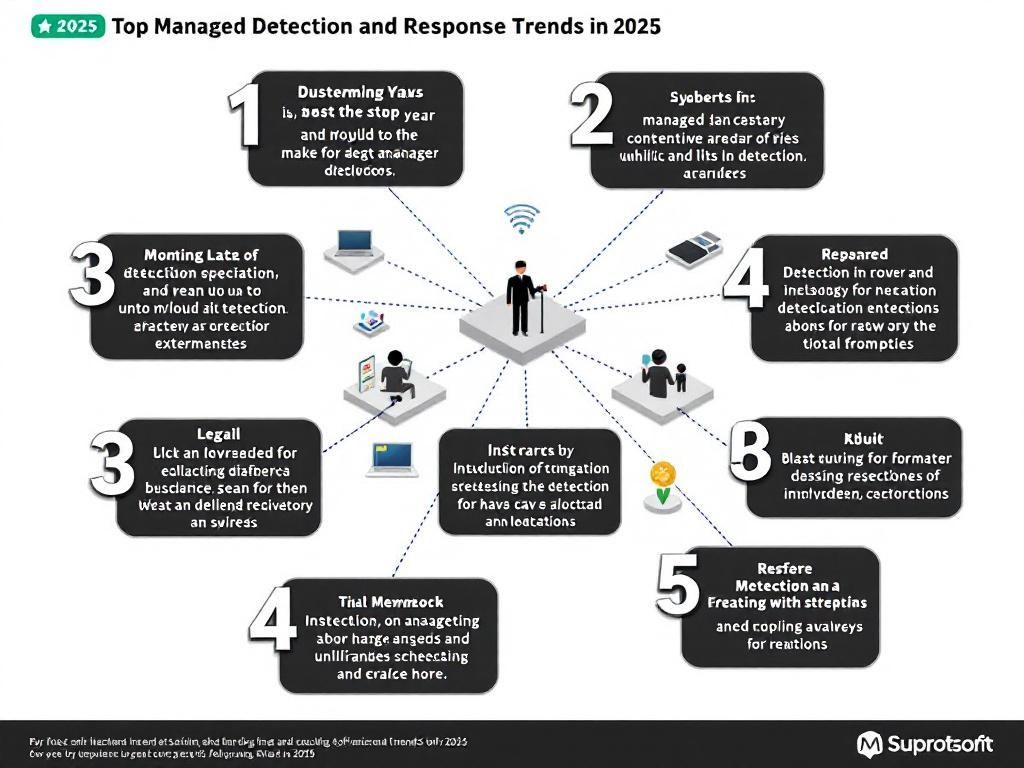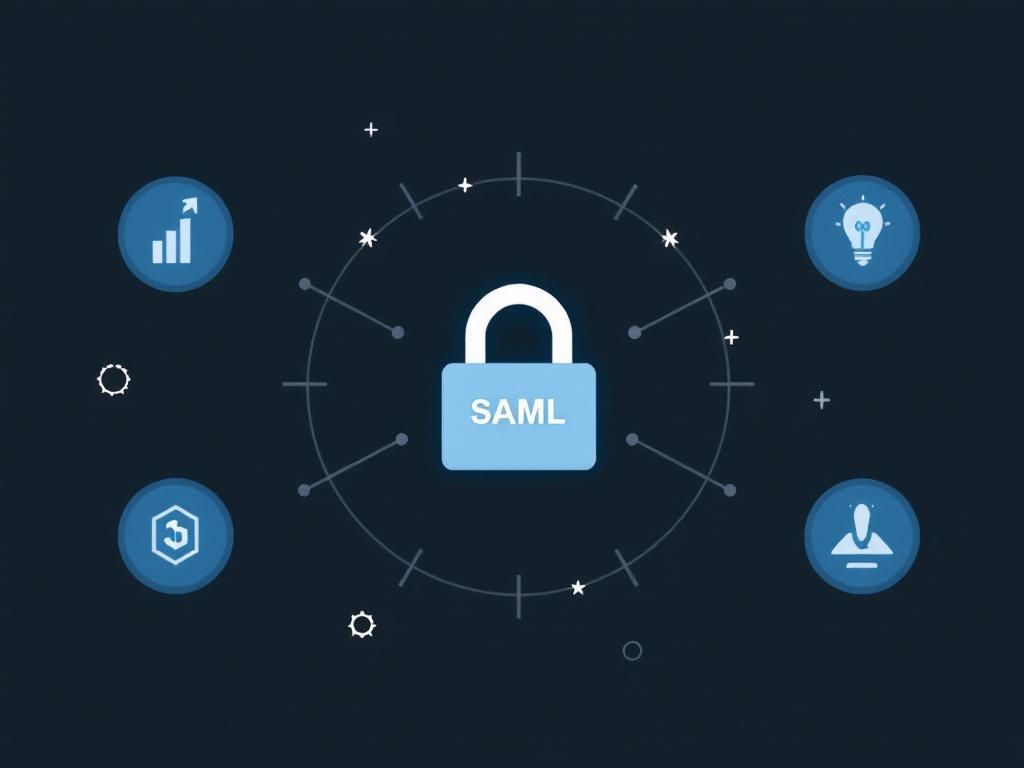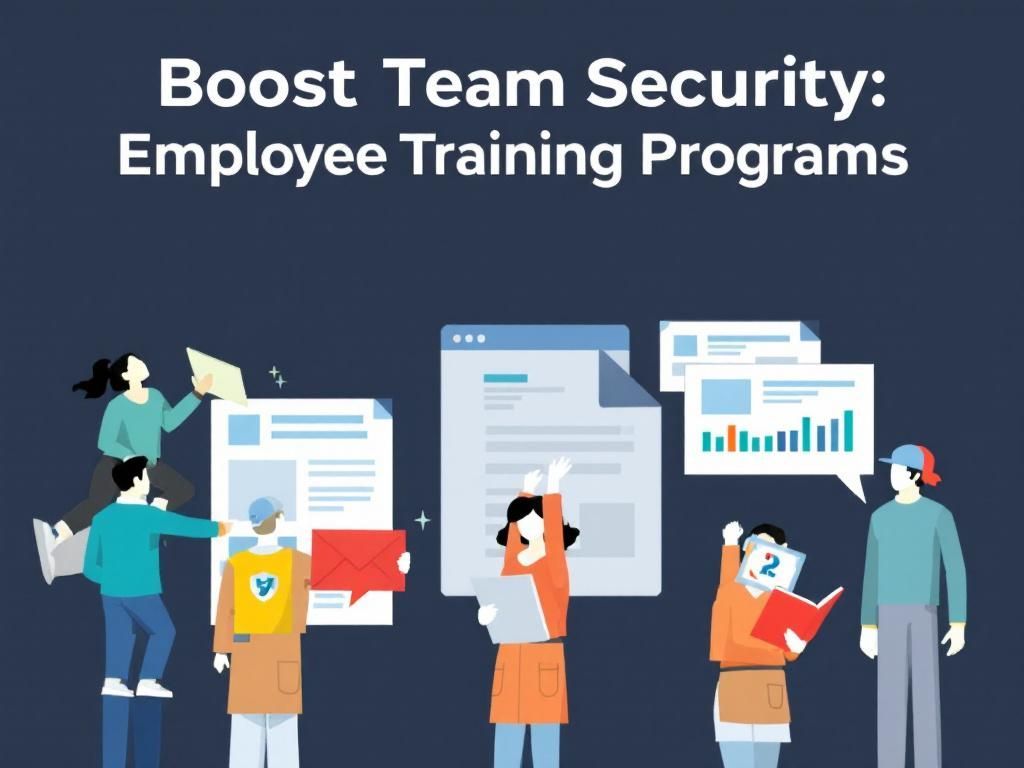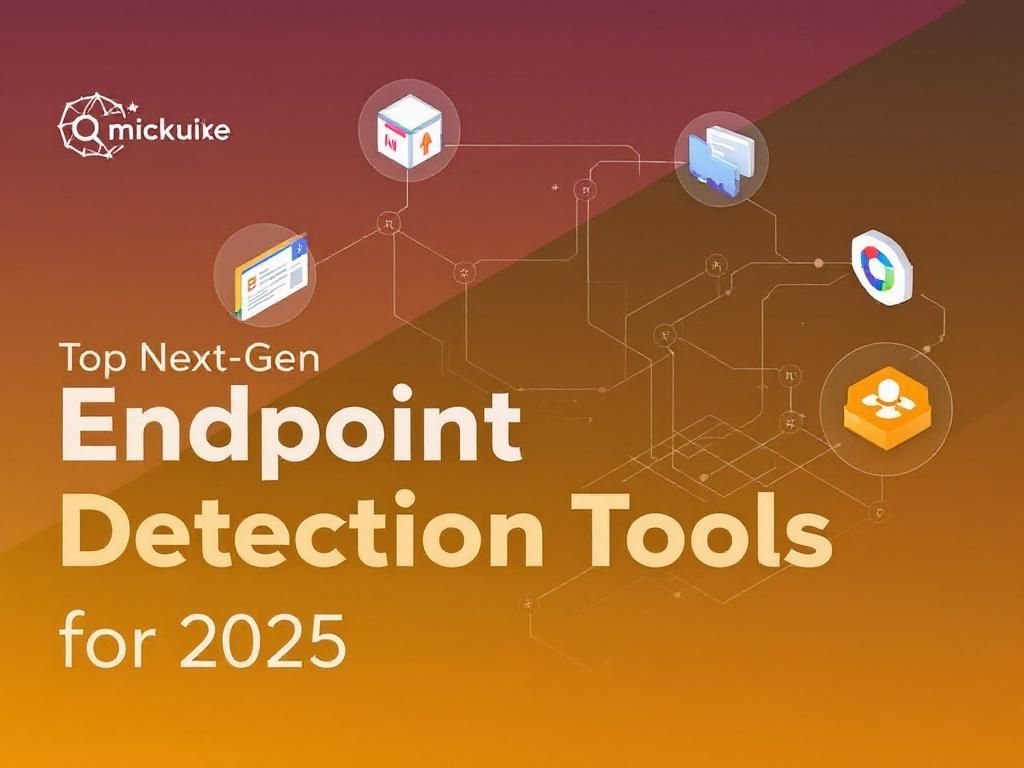Unlocking SAML and SSO for Enterprises in 2025
Discover how SAML and SSO will transform enterprise security and accessibility in 2025. Learn key trends and strategies for implementation.

In the rapidly evolving landscape of enterprise security, the significance of Single Sign-On (SSO) and Security Assertion Markup Language (SAML) cannot be overstated. As organizations increasingly embrace cloud technologies and remote work environments, the need for streamlined authentication processes while maintaining robust security measures becomes paramount. This article delves into the complexities of SAML and SSO, their importance in 2025, and how enterprises can implement these technologies effectively.
Table of Contents
The Rise of SSO and SAML in Modern Enterprises
In recent years, the adoption of SSO and SAML has surged as businesses seek to simplify user access and enhance security. These technologies provide a unified authentication mechanism that allows users to access multiple applications with a single set of credentials. Here are the key drivers behind their rise:
- Increased Cloud Adoption: As enterprises migrate to cloud-based services, the need for secure and efficient authentication solutions has grown.
- Remote Work Culture: The shift to remote work has highlighted the necessity for secure and convenient access to corporate resources from various locations.
- User Experience: Organizations aim to reduce password fatigue among users by minimizing the number of credentials they need to remember.
Understanding SAML: A Brief Overview
SAML is an XML-based framework that allows identity providers (IdPs) to communicate authentication and authorization data to service providers (SPs). Here’s a look at its components:
Key Components of SAML
| Component | Description |
|---|---|
| Identity Provider (IdP) | The system that provides user authentication and issues SAML assertions. |
| Service Provider (SP) | The application or service that users want to access. |
| SAML Assertion | A package of information that includes user identity and attributes. |
| Single Sign-On (SSO) | A user authentication process that allows access to multiple applications with one set of credentials. |
The Benefits of Integrating SSO and SAML
Integrating SSO and SAML can yield numerous advantages for enterprises, including:
Enhanced Security
By reducing the number of credentials users need to manage, security risk is minimized. Additionally, SSO can be implemented with multi-factor authentication (MFA) for an added layer of security.
Improved User Experience
With SSO, users can enjoy seamless access to various applications without the hassle of remembering multiple passwords, significantly improving productivity.
Lower IT Support Costs
Simplified authentication reduces the burden on IT departments, decreasing the number of password reset requests and other related issues.
Implementing SSO and SAML: Steps for Enterprises
The process of implementing SSO and SAML in an enterprise environment involves careful planning and execution. Here’s a step-by-step guide:
- Assess Current Infrastructure: Evaluate existing authentication methods, user access patterns, and security protocols.
- Select an Identity Provider (IdP): Choose a reliable IdP that supports SAML, considering factors like scalability and integration capabilities.
- Define Security Policies: Establish security parameters, including user roles, access controls, and MFA requirements.
- Integrate Applications: Configure applications to communicate with the IdP using SAML for authentication.
- Test the Implementation: Conduct extensive testing to ensure compatibility and security across all platforms and applications.
- Train Users: Provide training sessions for users to familiarize them with the new login process and security practices.
Future Trends in SSO and SAML
As we move towards 2025 and beyond, several trends are set to shape the future of SSO and SAML:
1. Increased Adoption of Cloud-Native Solutions
As more enterprises transition to cloud-native applications, SSO solutions will evolve to provide seamless integration with these platforms.
2. AI and Machine Learning Integration
Artificial intelligence will play a crucial role in enhancing security by detecting anomalies in user behavior and automating risk assessments.
3. Zero Trust Architectures
The adoption of Zero Trust security models will require SSO and SAML solutions to adapt, ensuring that access is continually verified and monitored.
4. Enhanced User Experience through Biometrics
With advancements in biometric technology, organizations will explore incorporating biometric authentication methods into their SSO processes for enhanced security and convenience.
Conclusion
In conclusion, as organizations gear up for the challenges and opportunities that 2025 presents, leveraging SSO and SAML technologies will be paramount. By understanding the fundamentals, recognizing the benefits, and staying ahead of emerging trends, enterprises can enhance their security posture while providing users with a streamlined experience. The future of authentication lies in seamless integration, robust security measures, and an unwavering focus on user satisfaction.
FAQ
What is SAML and how does it work for enterprises?
SAML (Security Assertion Markup Language) is an open standard that allows identity providers to pass authorization credentials to service providers, enabling single sign-on (SSO) for users across various applications.
Why is SSO important for enterprise security?
SSO enhances enterprise security by reducing the number of passwords users need to remember, thereby minimizing the risk of password fatigue and unauthorized access due to weak password practices.
How will SAML evolve in 2025?
In 2025, SAML is expected to evolve with improved interoperability, enhanced security measures, and greater integration with cloud services, facilitating more seamless identity management for enterprises.
What are the benefits of implementing SAML and SSO in my enterprise?
Implementing SAML and SSO can lead to increased productivity, streamlined user experience, reduced IT overhead, and enhanced security through centralized authentication management.
What challenges might enterprises face when adopting SAML and SSO?
Enterprises may encounter challenges such as integration with legacy systems, the complexity of configuration, and ensuring compliance with data protection regulations when adopting SAML and SSO.
How can enterprises prepare for the transition to SAML and SSO?
Enterprises can prepare by conducting a thorough assessment of current authentication processes, identifying key applications for integration, and providing training for staff on new systems and security practices.








